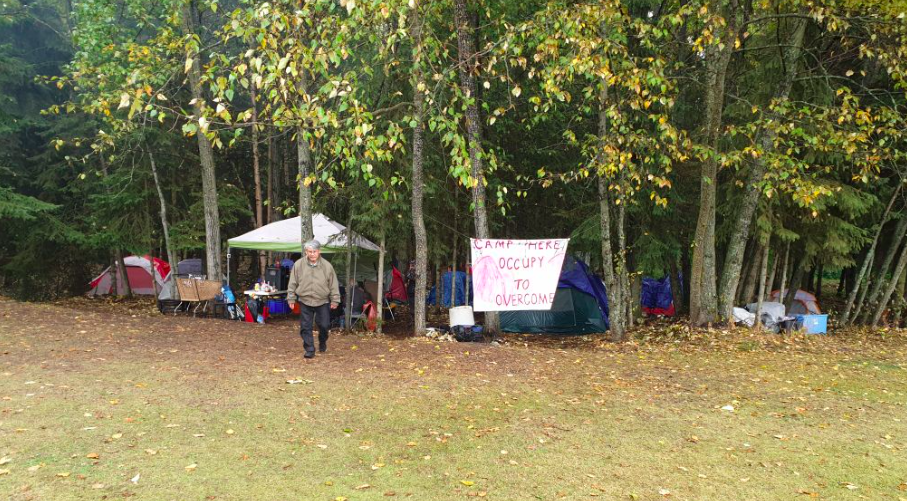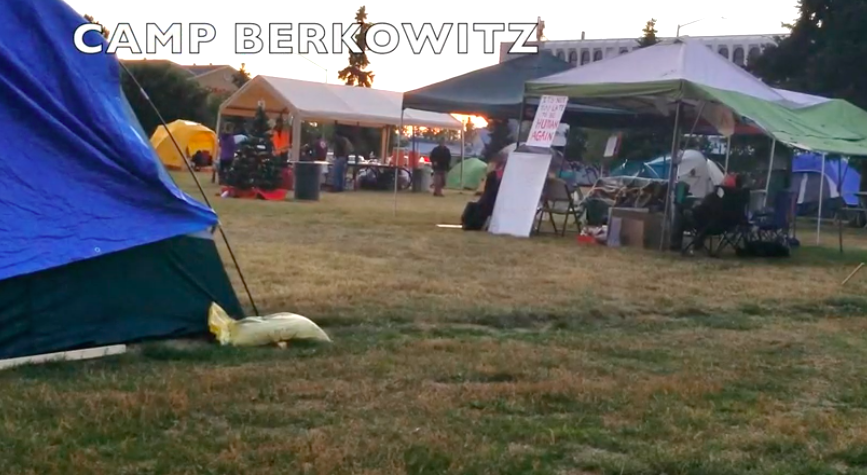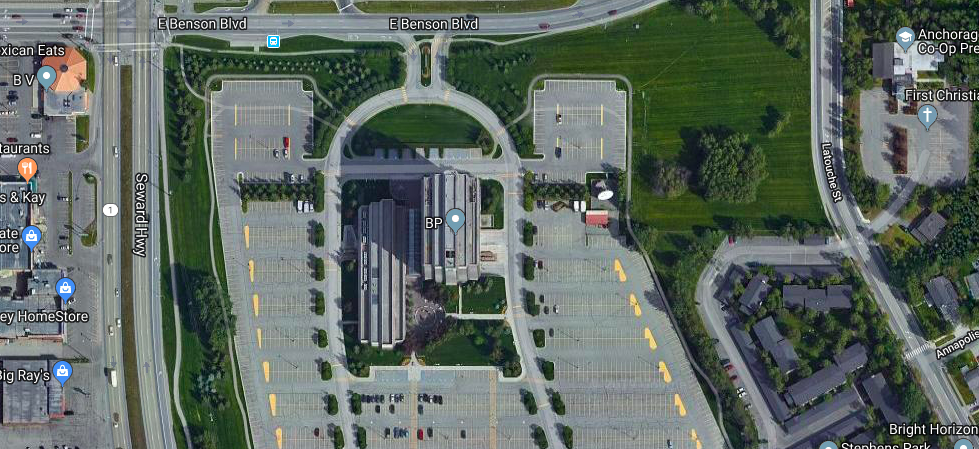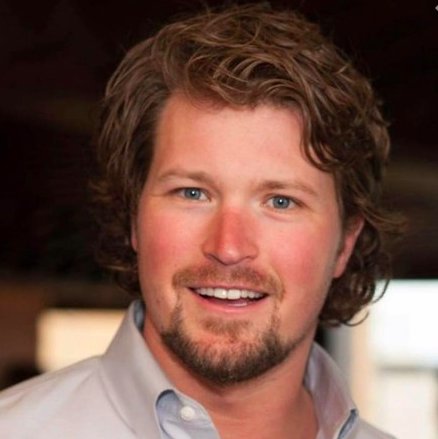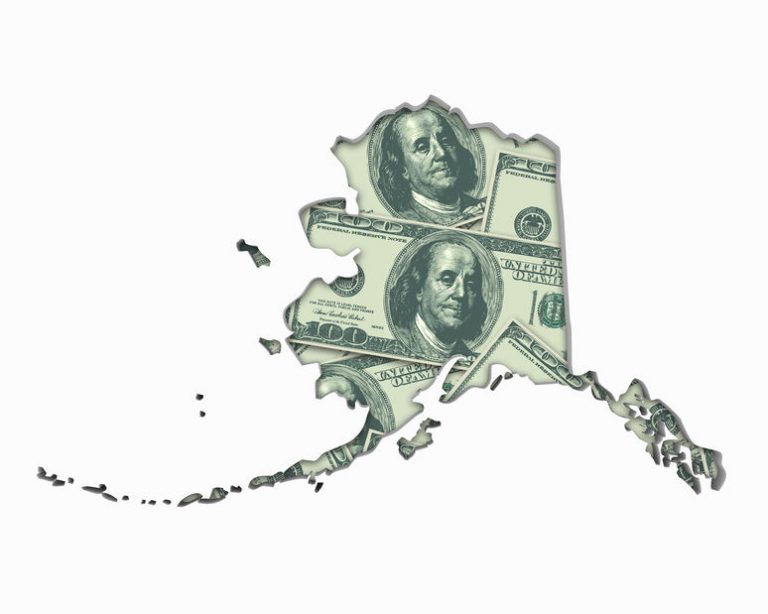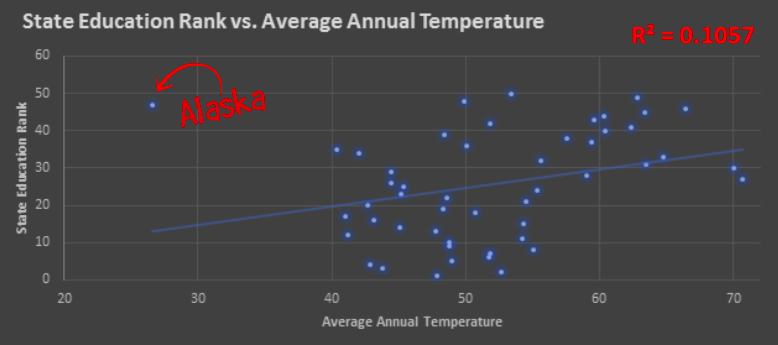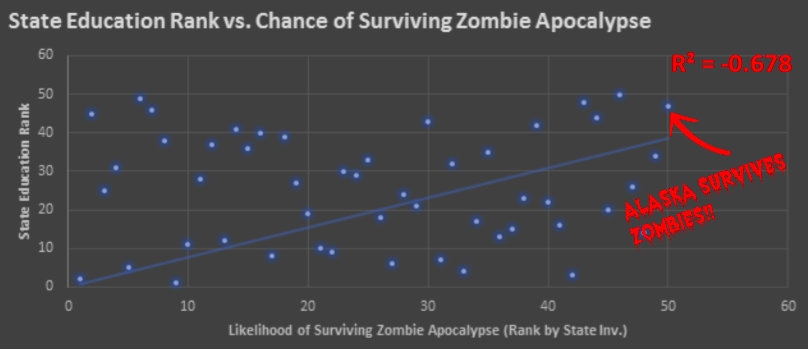SAN FRANCISCO DECLARES NRA ‘TERRORIST ORGANIZATION’
The NRA board of directors had scheduled its annual meeting to be held in Anchorage on Sept. 13, with some fishing and other outdoor excursions planned.
But in late August the board hastily decided to move the meeting to the Washington, D.C. area due to several anti-gun measures being considered in the Democrat-controlled House of Representatives.
The House Judiciary Committee started hearings on Sept. 4. after Chairman Jerrold Nadler, a New York Democrat who wants stricter gun laws, heard three bills, all introduced by fellow Democrats:
- Disarm Hate Act, H.R. 2708, introduced in May by Rep. David Cicilline (D-RI), which would disqualify anyone convicted of a misdemeanor “hate crime” from being able to purchase a firearm;
- Keep Americans Safe Act, H.R. 1186 introduced in February by Rep. Ted Deutch (D-FL), which includes a ban on magazines over 10 rounds’
- Extreme Risk Protection Orders Act of 2019, H.R. 1236, introduced in February by Rep. Salud Carbajal (D-CA).
The NRA board has been in turmoil all year and in the past several weeks four of its member have resigned, three of them stating that they were concerned about the financial decisions and wasteful spending of President Wayne LaPierre.
The NRA meeting in the DC-Virginia area is now scheduled for Sept 11-14. The cancellation of the Anchorage meeting is said to cost the organization about $100,000, due to cancellation fees for rooms and excursions.
Alaskan Wayne Anthony Ross sits on the board of directors and told a reporter from Newsweek that he was “disappointed” in the decision to relocate the meeting.
“We worked for four or five years to get it approved by the board to come up here,” he told the reporter. “In 2005, we had the NRA board come to Alaska. We have the highest percentage of NRA members of any state in the union.” But Ross conceded that if the board needed to stay close to the action in the U.S. Capitol, he could not oppose the move.
Last Tuesday, the San Francisco Board of Supervisors passed a resolution that categorizes the National Rifle Association a “domestic terrorist organization.”
San Francisco city and county governments “should take every reasonable step to limit those entities who do business with the City and County of San Francisco from doing business with this domestic terrorist organization,” the resolution says. It makes it official city policy that San Francisco should “encourage all other jurisdictions, including other cities, states, and the federal government, to adopt similar positions.”
The NRA issued a statement: “This ludicrous stunt by the Board of Supervisors is an effort to distract from the real problems facing San Francisco, such as rampant homelessness, drug abuse and skyrocketing petty crime, to name a few. The NRA will continue working to protect the constitutional rights of all freedom-loving Americans.”

